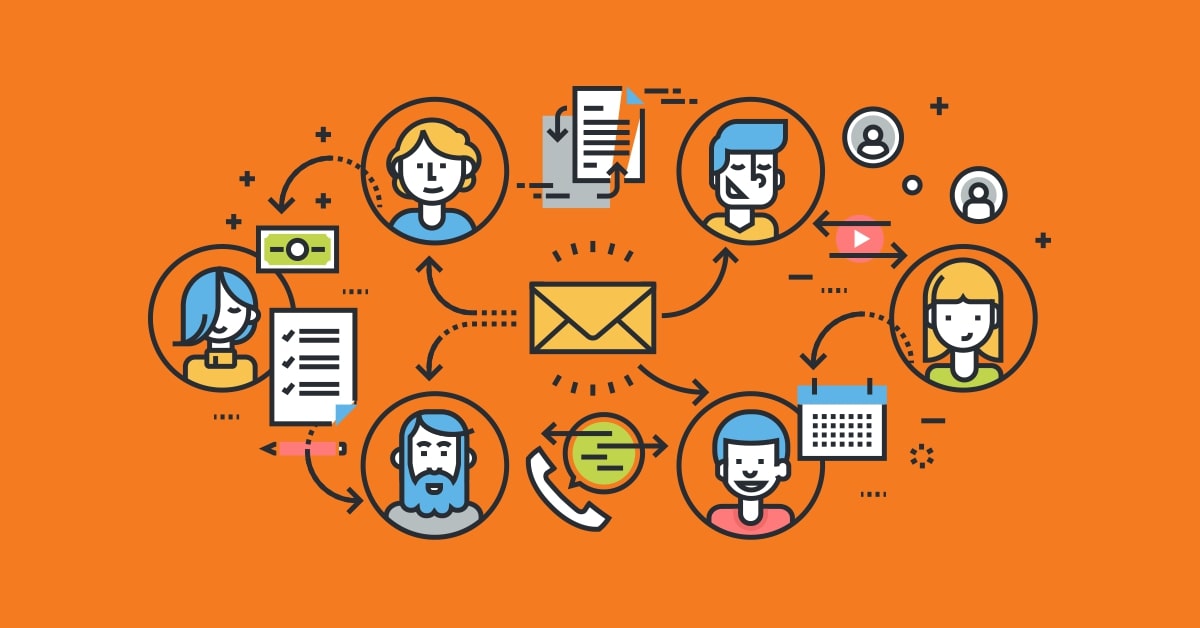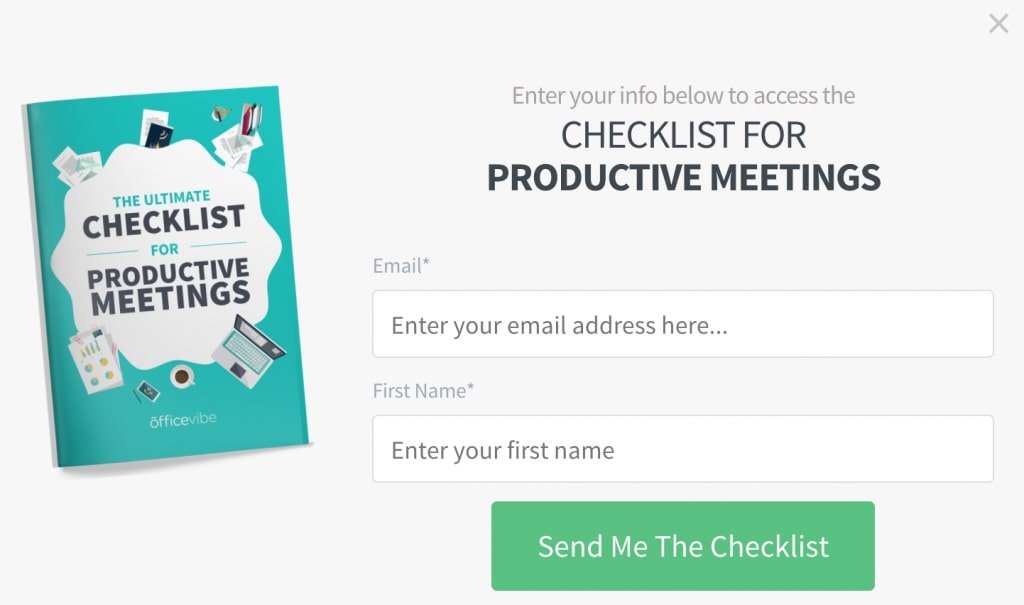10 Cutting-Edge Email Marketing Techniques to Improve Your Results
Email is one of the trickiest aspects of digital marketing to understand. Email marketing is still effective, but it is also true that there is a lot of competition for the reader's attention, making email a challenging medium.
Take a look at your inbox; chances are you've received emails that effectively promoted products to you, and you may even have bought something as a result. A staggering number of emails, nevertheless, fail because they are either a) badly written or b) delivered to your spam folder and never opened. Even when you do receive emails, there are so many of them that you just read a select fraction of them, frequently choosing those with the most alluring subject lines.
In this article, I will share with you 10 advanced advanced email marketing strategies that can help you to boost your email marketing results. Let’s jump right into the details!
10 Advanced Email Marketing Strategies to increase sales
1. Know Your Audience
2. Build an Actual Strategy

You might not have ever taken the time to sit down and create an actual email marketing strategy for your organization if you're like many other ecommerce business owners. Nevertheless, coming up with a specific plan of action. Why is that
- You can focus better by using a plan of action. There are several ways you may use email marketing. You can prevent getting overly distracted by using a technique. It might help you set priorities for your work and keep your attention on what matters most.
- You can decide what works and what doesn't with the help of a plan. If you don't have a clear strategy in place, it can be challenging to figure out what is and isn't working.
- You and your team can stay on course by using a strategy. A strategy can help you and your team meet deadlines, organize your workload, and accomplish your goals.
- You can set precise targets with the help of a strategy. A plan asks you to think about why. It makes you think carefully about your goals and the reasons you want to send emails to your audience.
- A plan of action can be expanded upon and changed over time. If you don't have a clear plan in place, it could seem like you have to start again every six months. You are completely unaware of what succeeded and failed, or why you chose one campaign over another. It is simpler to reflect on the past and think about what you should do differently in the future when you have a plan in place.
- Many people can hear about a proposal. To grow an e-commerce company, you as the owner must be able to assign tasks to others. Delegating responsibilities and tasks to another team member is much simpler when you take the time to create a clear email strategy.
Never make email marketing a last-minute decision. It demands the same standard of attention that other divisions of your company get on a daily basis. You shouldn't consider it a one-time tactic that you may do whenever you need to increase sales.
Consider the message that members of your list are receiving from your company intentionally, proactively, and regularly to get the most out of the channel. You have to think about the big picture. Customer journey mapping is useful in this situation.
3. Provide Appealing Sign-Up Freebies

Nobody merely gets their email address from people. You must offer a strong reason for individuals to sign up. Fortunately, people like getting free stuff.
Think about the lead magnets you can provide that fit these requirements:
- very enticing to your target audience
- pertaining to the information on the sign-up pages
- in line with what you're selling
4. Map The Customer Journey

One of the most frequent errors in ecommerce email marketing is to only send promotional emails to your leads. There are many other campaigns you may and should send in order to cultivate connections and increase loyalty, but if you're new to ecommerce it can be challenging to think about what kinds of emails you should be sending outside those that give discounts and free shipping notices.
Work on outlining the precise route that a typical consumer who purchases from you takes in order to go beyond the sales email and pinpoint the opportunities. Each company's customer journey, or buyer journey as it is also known, is distinct, however the following is an illustration of how it commonly appears:
As you can see, there are a few crucial phases that your prospects will go through before making a decision to buy. The stages are awareness, consideration, purchase, retention, and advocacy.
Your goal as an email marketer is to determine the best ways to use email to help customers move through the conversion and advocacy funnels.
Following are some examples of emails you can send at various points in the client journey:
- Sensitization: Welcome emails, blog post emails, product education emails, and emails outlining the history of the company.
- Video emails, product feature emails, abandoned cart emails, promotion emails, and customer story emails should all be taken into account.
- Purchase: Emails for promotions, shipping confirmations, and order confirmations.
- Retention: Video emails, thank-you emails, promotional emails, feedback emails, and emails recommending products.
- Loyalty: Blog post emails, exclusive VIP offer emails, and emails about new products.
- Promotion: Emails offering referrals, praising customers, and sharing customer success stories.
5. Create segmented lists of your clients’ subscribers

When you have a sufficient amount of pertinent data, creating various segmented lists will enable you to mass-send customized emails. Let's say your client is a car company having a special Texas promotion.
To send each subscriber a customized email campaign that is most relevant to them, you can choose to target subscribers in Texas who are between the ages of 25 and 45.
Segmented lists are intended to make content more engaging and personalized by ensuring that each subscriber receives content that is specifically relevant to them. 74% of internet users express dissatisfaction when they see content that is unrelated to their interests, according to a Janrain survey.
These categories provide each subscriber the sense that the brands of your clients know them and what matters to them the most. The segments support the development of brand loyalty when subscribers start to trust your customers' brands as a result of the relationships you create for them.
See more strategies at: https://blog.avada.io/resources/advanced-email-marketing.html
Thank you for reading

Comments
Post a Comment